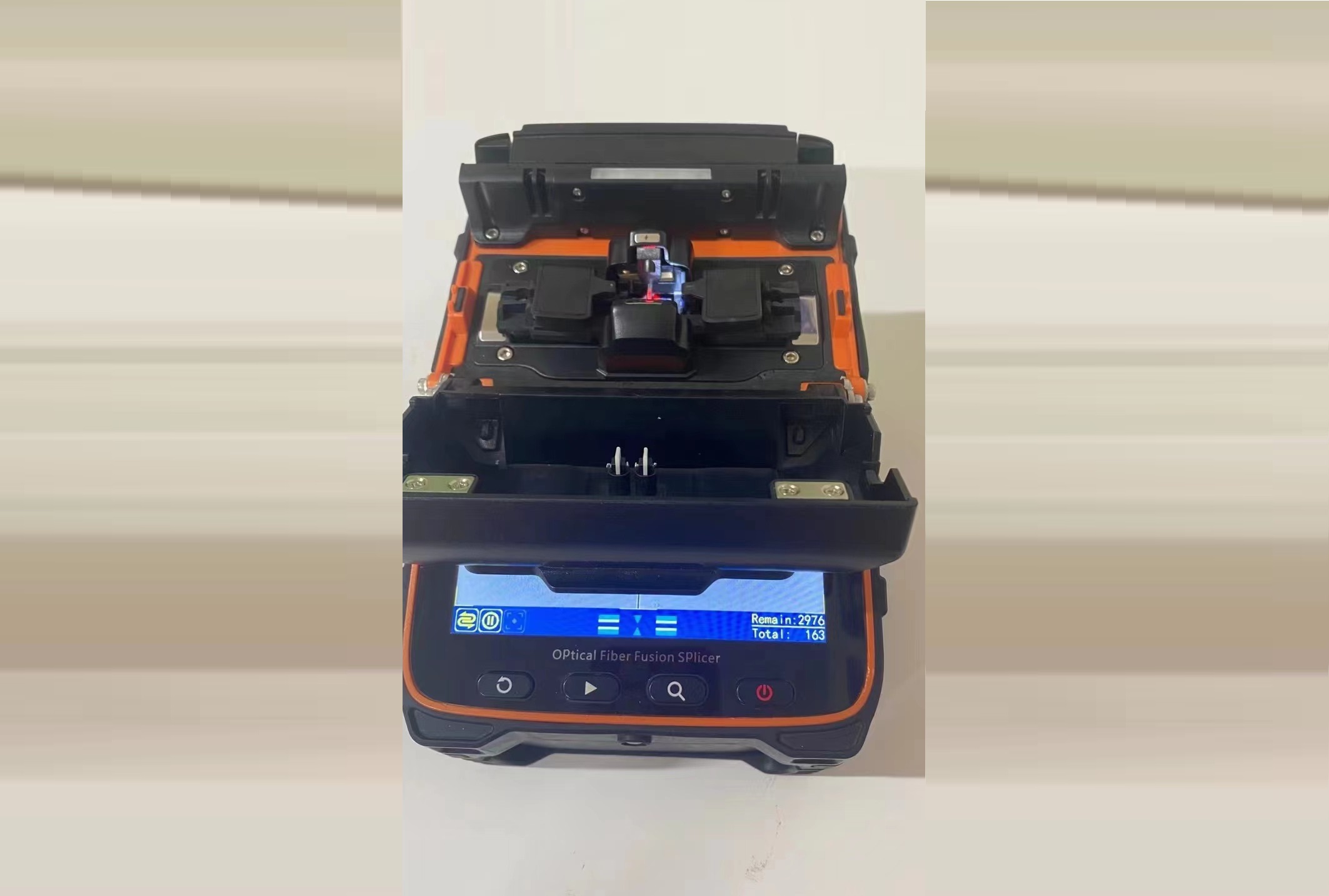- Sales SupportContact Sales
- Call us at: +(86) 15211074652
- Send us a email at: info@zr-fibercable.com
OTDR device cannot detect the causes and solutions in the area
An optical time-domain reflectometer (OTDR) is a testing device used to analyze and troubleshoot fiber optic networks. It works by sending a series of light pulses down the fiber, and then measuring the time and strength of the reflected signal to identify any issues along the length of the fiber. While OTDRs are extremely useful tools, there are certain situations in which they may not be able to detect the causes of problems in the fiber network. In this article, we will explore some of the common reasons why an OTDR may not be able to detect the causes of issues, and some possible solutions.
Dead Zones: One common issue with OTDRs is the presence of dead zones. Dead zones are areas along the fiber where the OTDR is not able to accurately measure the signal strength due to the presence of reflectors or other obstructions. Dead zones can occur for a number of reasons, including splices, connectors, and bends in the fiber.
Solution: To overcome dead zones, technicians can use additional test equipment, such as power meters, to supplement the OTDR data. This can help identify areas where the signal strength may be weaker or stronger than expected, allowing for more accurate fault detection and repair.
Fiber Quality: Another common issue with OTDRs is the quality of the fiber being tested. If the fiber is dirty, damaged, or poorly installed, it can lead to inaccurate readings or even complete signal loss. This can make it difficult for the OTDR to accurately identify the location and cause of any issues in the network.
Solution: To overcome issues related to fiber quality, it is important to ensure that the fiber is properly installed and maintained. This includes regular cleaning and inspection of the fiber, as well as proper installation techniques such as avoiding sharp bends or kinks in the cable.
Network Architecture: The architecture of the fiber network can also impact the effectiveness of an OTDR. In some cases, the network may be designed in such a way that the OTDR is unable to detect certain types of issues, such as signal interference or problems in certain sections of the network.
Solution: To overcome issues related to network architecture, it may be necessary to use additional testing equipment or techniques to supplement the OTDR data. This could include using specialized probes or meters to detect specific types of problems, or implementing more advanced network monitoring tools to track the performance of the network over time.

Human Error: Finally, human error can also impact the effectiveness of an OTDR. If the technician operating the device is not properly trained or does not follow proper testing procedures, it can lead to inaccurate readings or missed issues in the network.
Solution: To overcome issues related to human error, it is important to ensure that technicians are properly trained and follow established testing procedures. This can include providing regular training and continuing education opportunities to keep technicians up-to-date on the latest testing techniques and equipment.
In conclusion, while OTDRs are extremely useful tools for troubleshooting fiber optic networks, there are certain situations in which they may not be able to accurately detect the causes of issues in the network. To overcome these issues, technicians must be aware of the common causes of inaccurate readings and take steps to address them, such as using additional testing equipment, properly maintaining the fiber network, and ensuring that technicians are properly trained and follow established testing procedures. By taking these steps, technicians can ensure that they are able to accurately identify and repair issues in the fiber network, helping to maintain optimal network performance and reliability.
You might be interested in
We use cookies to ensure that we give you the best experience on our website. By clicking on "Accept" or continuing to use this site, you agree to our use of cookies in accordance with our Cookie Policy .You can refuse the use of cookies here.
Accept

